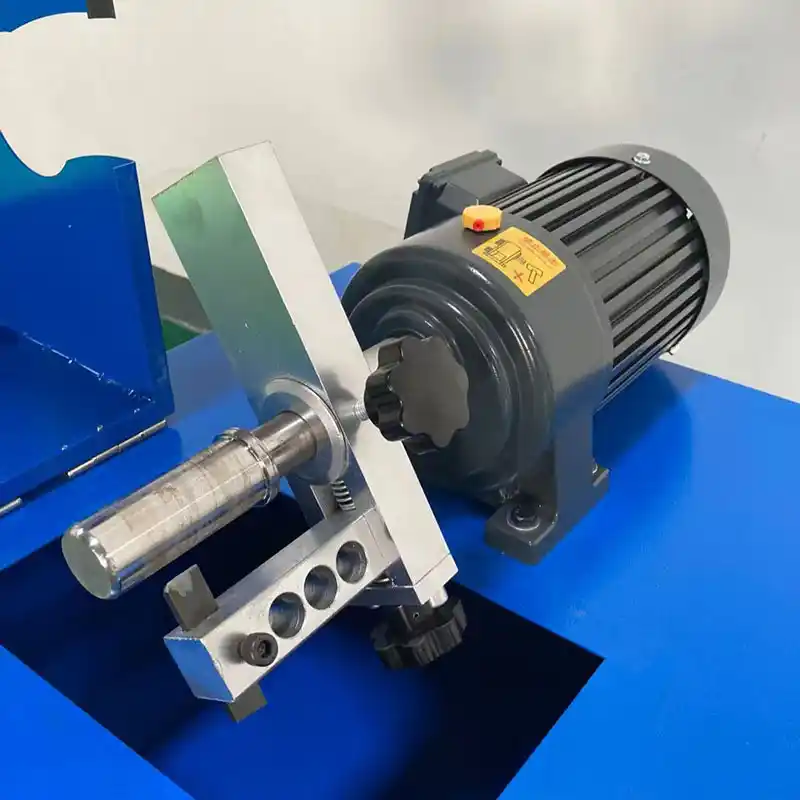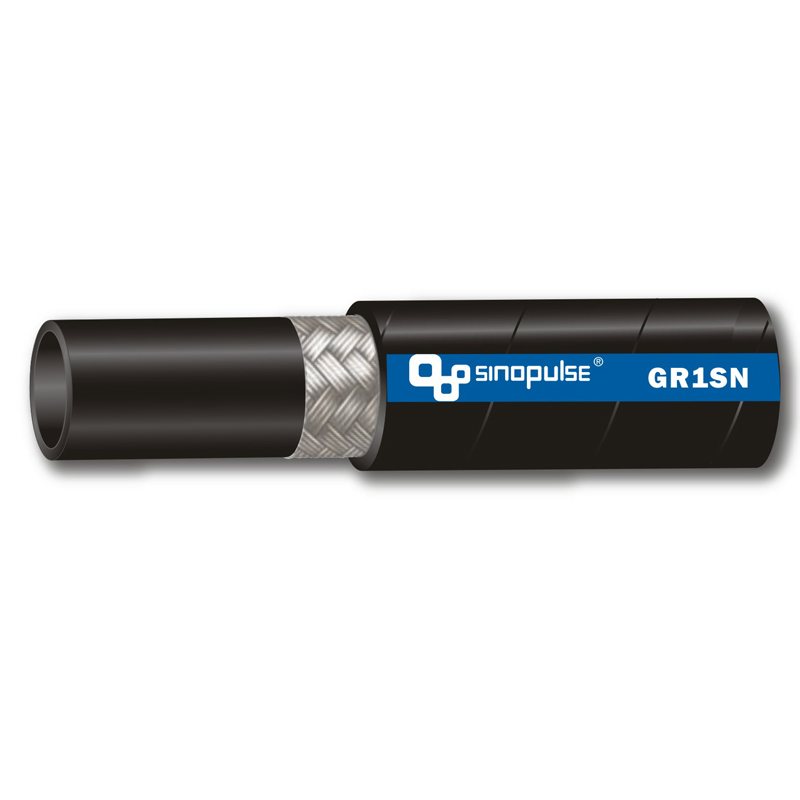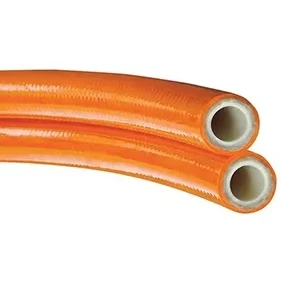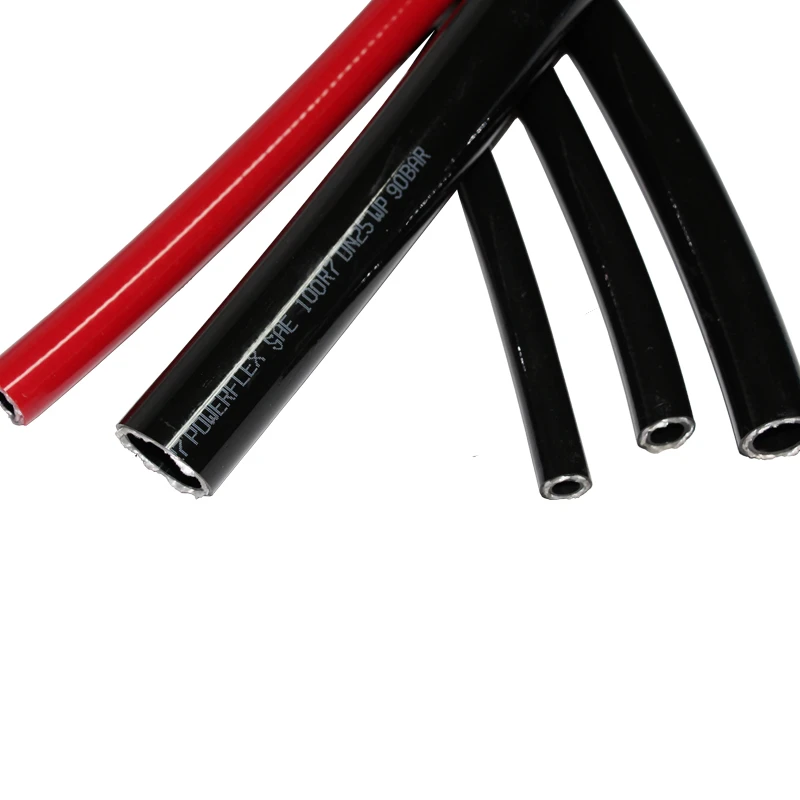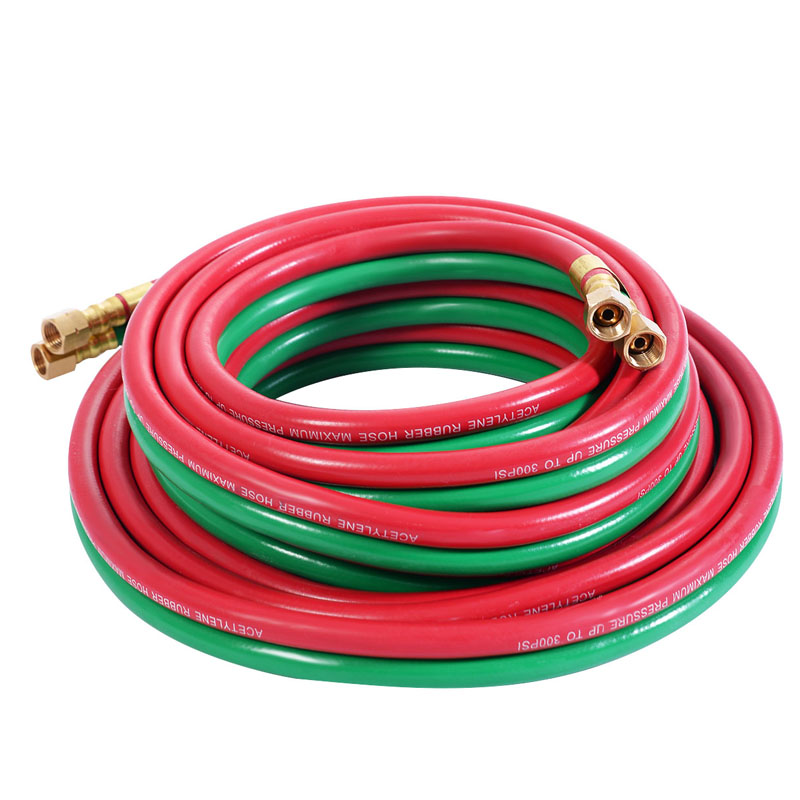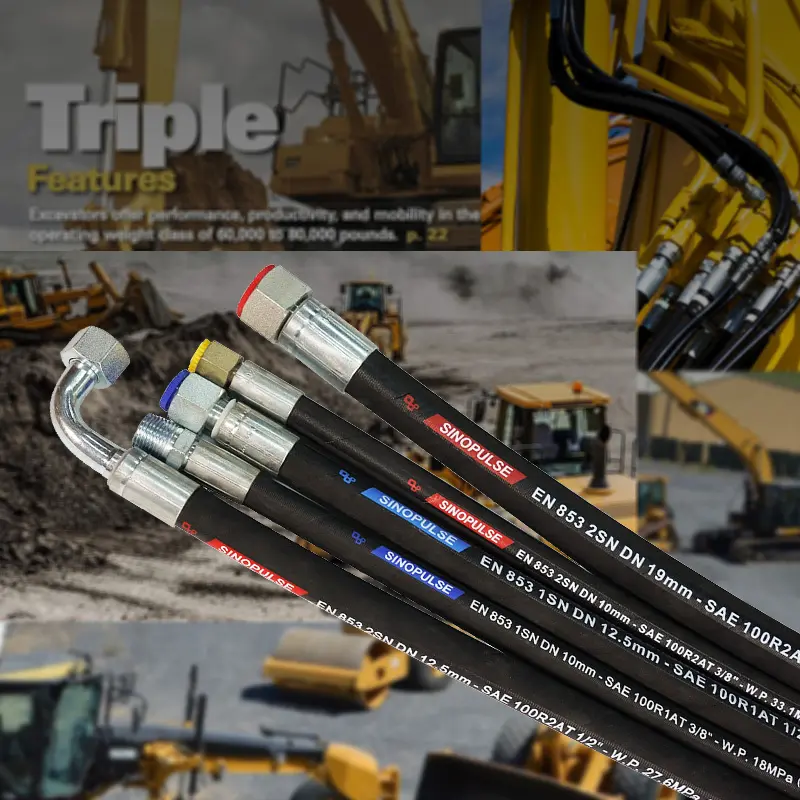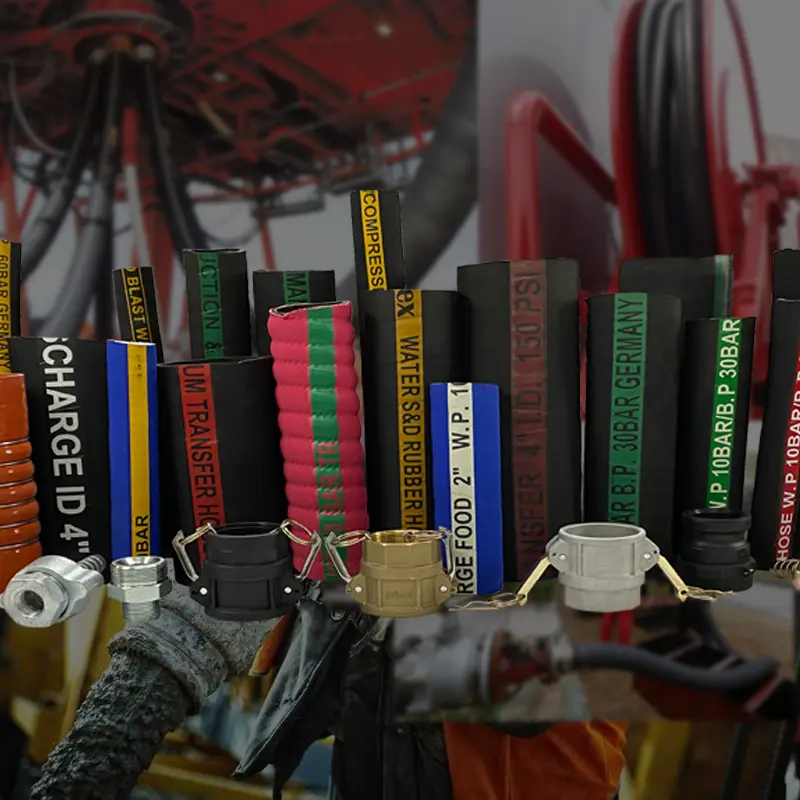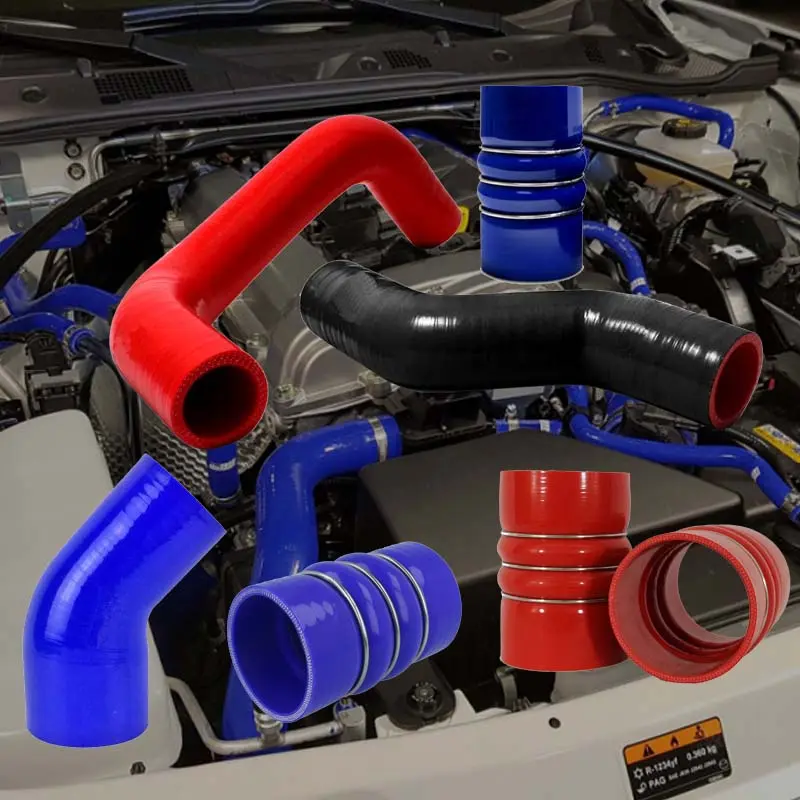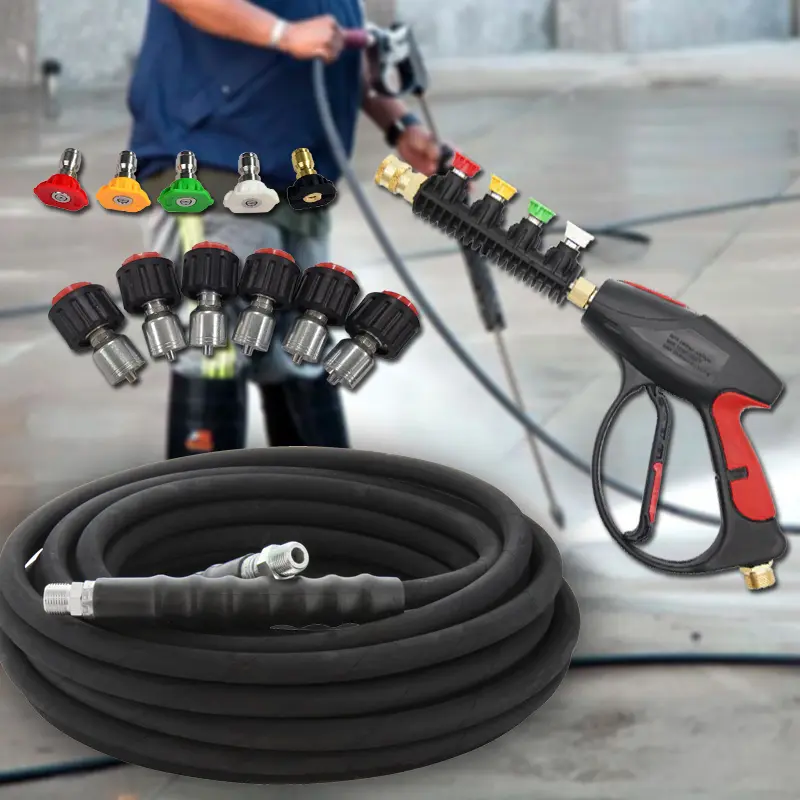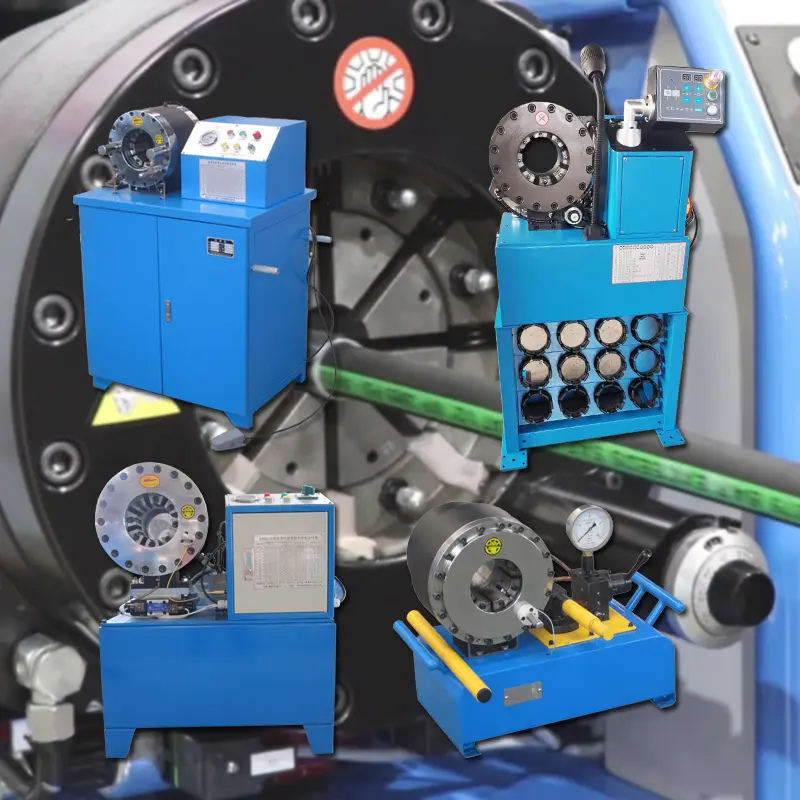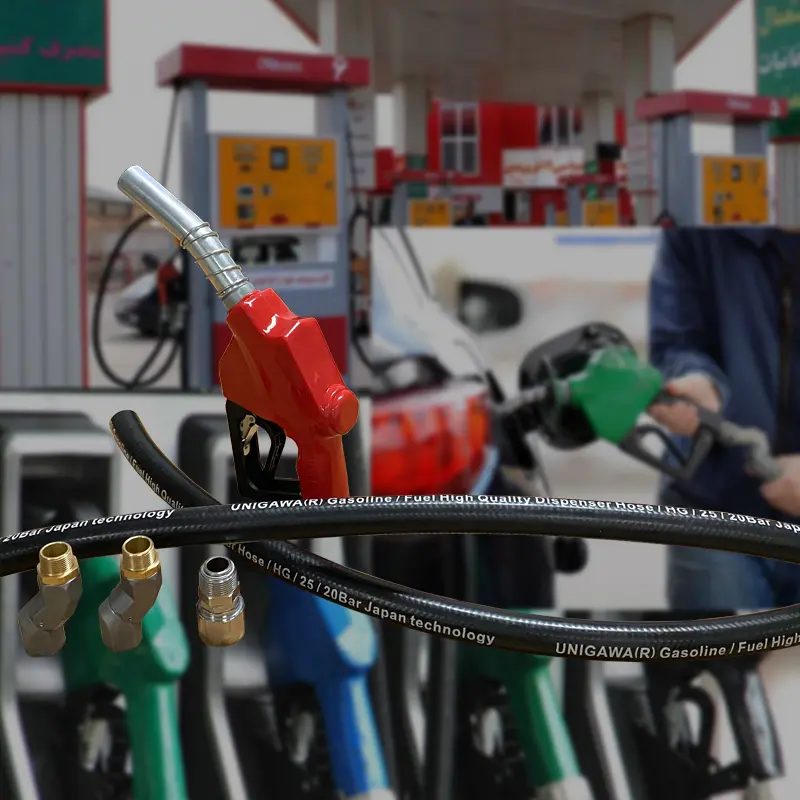In the realm of hydraulic system maintenance and assembly, a reliable hose crimping machine is the cornerstone of secure, leak-free connections. Whether you’re in construction, mining, or manufacturing, the right crimping tool can elevate your operational efficiency while minimizing downtime. This guide demystifies the selection process, helping you navigate through types, specifications, and key considerations to find the perfect fit for your needs.
What Is a Hydraulic Hose Crimping Machine?
A hydraulic hose crimping machine is a specialized device designed to fasten fittings to hydraulic hoses by applying precise pressure. This process creates a permanent, leak-proof seal essential for high-pressure fluid transfer systems. By deforming the fitting around the hose, these machines ensure that connections can withstand extreme pressures, temperatures, and vibrations—critical for machinery reliability. Modern crimping machines integrate advanced technology, such as programmable logic controllers (PLCs), to achieve consistent crimping precision, often within ±0.003 inches of tolerance.
Common Types of Hydraulic Hose Crimping Machines
1. Manual Crimping Machines
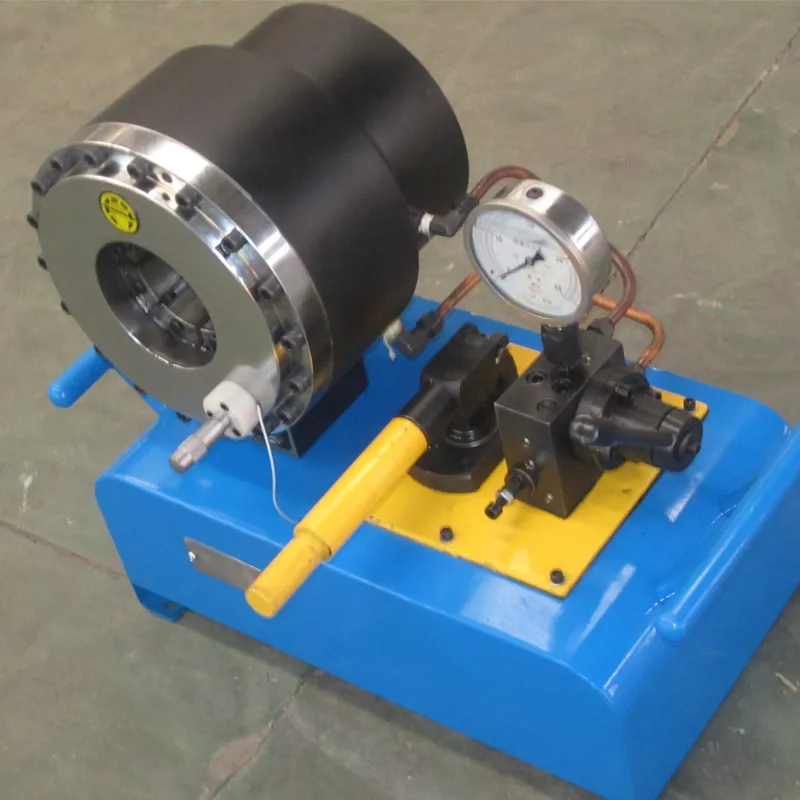
- Design: Operated by hand leverage or manual pumps, these machines are ideal for low-volume applications or mobile repairs.
- Advantages: Portable, cost-effective, and require minimal setup.
- Applications: Small-scale workshops, field repairs, or light-duty hose assemblies.
- Consideration: Limited to lower pressure ratings (typically up to 3,000 PSI) and require more physical effort.
2. Electric Hydraulic Crimping Machines
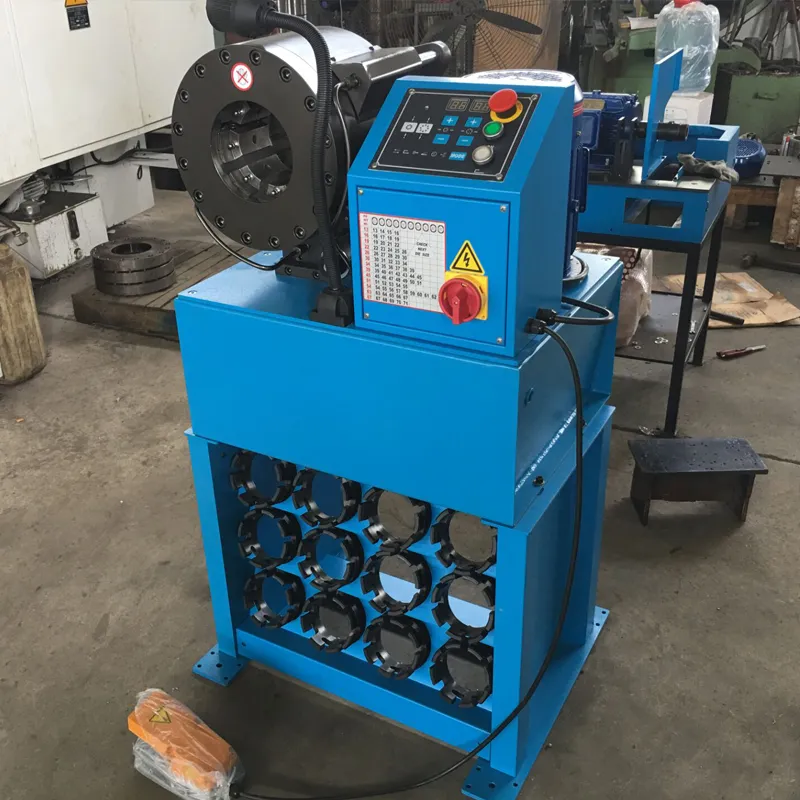
- Design: Powered by electric motors combined with hydraulic systems for automated crimping.
- Advantages: Higher precision, faster cycle times (7–10 seconds per crimp), and programmable settings.
- Applications: Industrial settings, manufacturing plants, and medium-volume production.
- Key Feature: Often include digital displays for pressure monitoring and crimp data logging.
3. Portable Hydraulic Crimping Machines
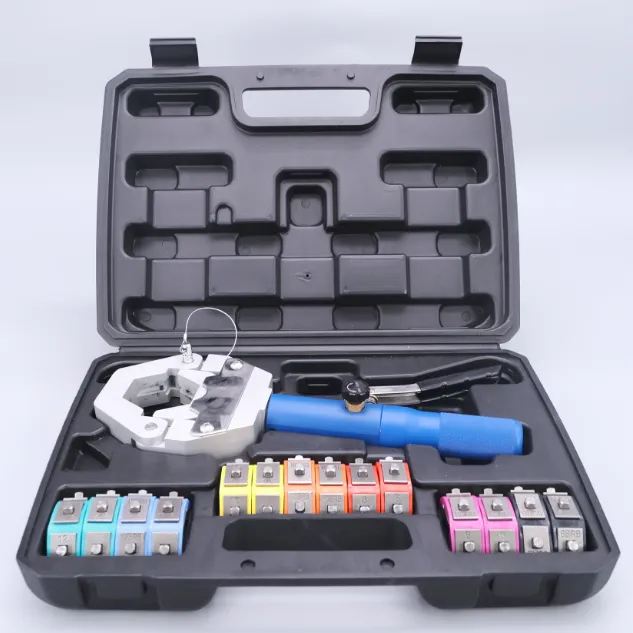
- Design: Compact, lightweight models with battery or hydraulic power sources.
- Advantages: Easy to transport, suitable for on-site operations in remote locations.
- Applications: Construction sites, mining equipment, and mobile service trucks.
- Notable Specs: Some models offer up to 10,000 PSI of crimping force in a portable package.
Key Considerations When Purchasing a Hose Crimping Machine
1. Crimping Pressure & Hose Diameter Range
- Pressure Rating: Ensure the machine’s max pressure (e.g., 12,000 PSI) matches your hose’s working pressure. High-pressure hoses (over 5,000 PSI) require specialized machines with higher tonnage capacity.
- Diameter Compatibility: Look for models that cover your typical hose sizes, from 1/4" to 3" or more. Modular dies allow adaptability to different diameters.
2. Automation & Precision Features
- PLC Control: Machines with programmable logic controllers reduce human error and enable repeatable crimps, crucial for consistent quality.
- Real-Time Monitoring: Features like pressure sensors and digital readouts help maintain crimp accuracy within industry standards (e.g., ISO 1875-3).
3. Durability & Build Quality
- Material Construction: Opt for machines with cast iron or steel frames to withstand heavy use. Tungsten carbide dies can last up to 50,000 cycles before resurfacing.
- Energy Efficiency: Electro-hydraulic systems offer 22% less power consumption compared to purely hydraulic models.
4. Portability & Serviceability
- Mobile Designs: For on-site work, choose lightweight models (under 300 lbs) with quick-disconnect adapters.
- Maintenance Accessibility: Machines with easy-to-replace components and clear maintenance schedules extend service life by 40–60%.
5. Compatibility with Fitting Standards
- Ensure the machine supports common fitting types:
- SAE (American standards)
- DIN (European standards)
- GOST (Russian standards)
- Custom die sets can expand compatibility for specialized applications.
FAQs on Hydraulic Hose Crimping Machines
What’s the difference between a standard and high-pressure hose crimping machine?
High-pressure crimpers (10,000+ PSI) feature reinforced frames and heavier-duty dies to handle ultra-high-pressure hoses, while standard models suit lower-pressure applications. Always verify the crimper’s specs against hose manufacturer guidelines.
Can I use a portable hose crimping machine for industrial applications?
Yes, but ensure the portable model has sufficient pressure capacity (e.g., 8,000–10,000 PSI) and die compatibility. Some portable units match industrial machine precision in a compact form.
How often should I calibrate my hose crimping machine?
Perform biweekly checks using laser alignment tools to maintain crimp accuracy. Annual professional calibration is recommended for heavy-use machines.
What’s the typical warranty for a hose crimping machine?
Leading manufacturers offer 3–5 year warranties, with premium models including lifetime technical support. Look for suppliers who provide quick replacement parts.
Are there eco-friendly hose crimping machine options?
Yes, electro-hydraulic models with energy-saving modes reduce carbon footprints by 25–30% compared to older hydraulic-only designs.
Selecting the right hydraulic hose crimping machine requires balancing your operational needs with technical specifications. Whether you prioritize portability, high-pressure capability, or automation, focusing on quality, compatibility, and after-sales support ensures a worthwhile investment. As a trusted hose crimping machine manufacturer, we offer a range of solutions—from manual tools to advanced PLC-controlled systems—designed to meet the most demanding industrial standards.
Ready to enhance your hose assembly precision? Contact us to explore our comprehensive lineup and find the perfect crimping solution for your business. Your next leak-free connection starts with the right tool.
Product Application









